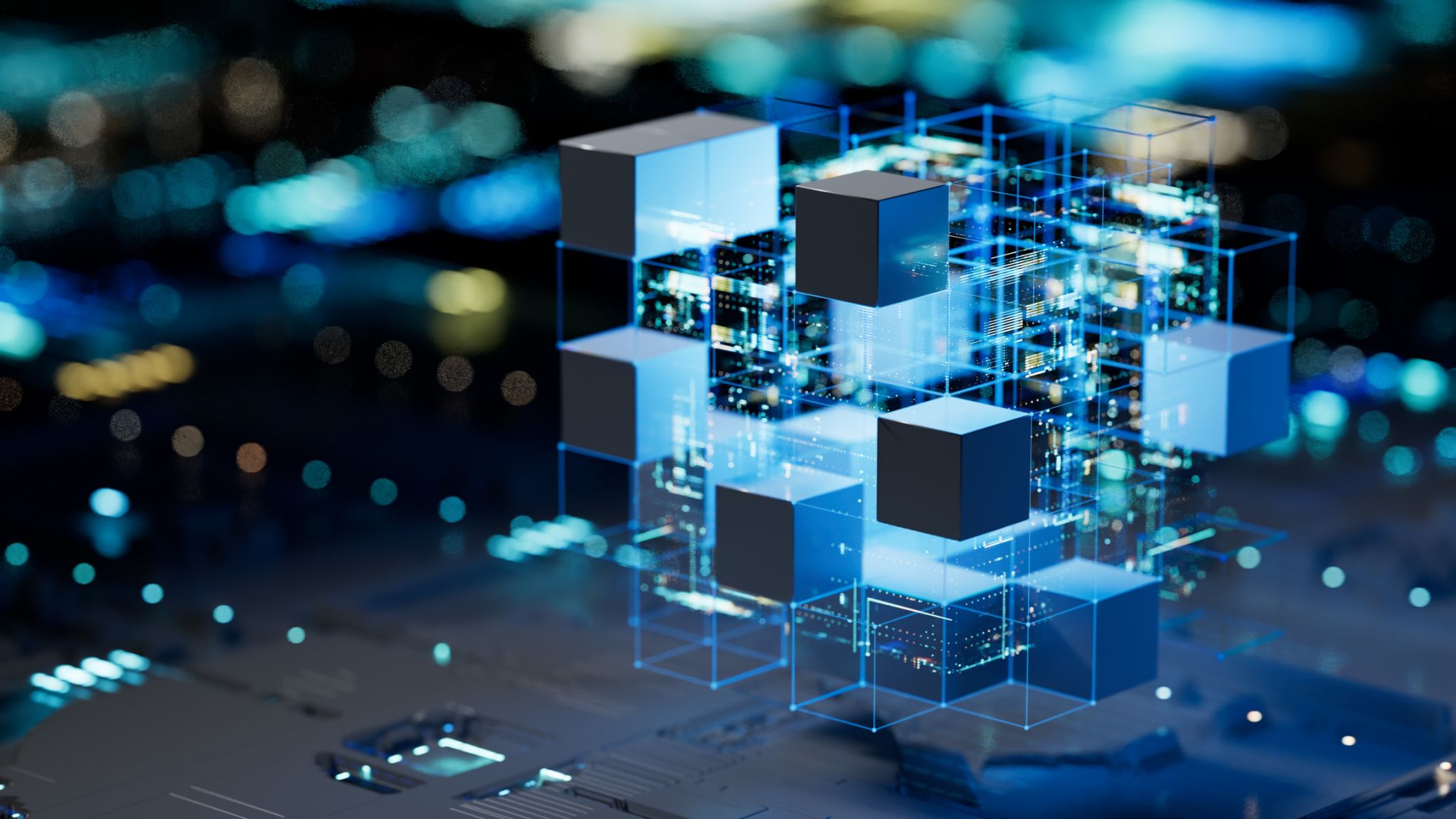Building an Open Ecosystem for AI-Driven Security with MCP
AZ
Introduction to AI-Driven Security
As the digital landscape evolves, so do the threats that target its vulnerabilities. The rise of artificial intelligence (AI) has not only transformed industries but also redefined the way we approach security. AI-driven security solutions are now at the forefront, providing robust defenses against increasingly sophisticated cyber threats. However, the effectiveness of these solutions hinges on the ability to build an open and interconnected ecosystem that fosters collaboration and innovation.
The Role of MCP in AI Security
Managed Cyber Platforms (MCP) are pivotal in this transition. They serve as the backbone for developing, deploying, and managing AI-driven security tools. By providing a centralized platform, MCPs enable organizations to integrate various AI models and security applications seamlessly. This integration is crucial as it allows for real-time data sharing and analysis, enhancing the overall security posture.

Benefits of an Open Ecosystem
Building an open ecosystem for AI-driven security offers numerous benefits. First and foremost, it encourages collaboration among developers, researchers, and organizations. This collaborative environment accelerates the development of innovative security solutions and ensures that they are compatible across different systems and platforms.
Moreover, an open ecosystem promotes transparency and trust. By allowing stakeholders to access and contribute to the development process, it ensures that AI-driven security tools are robust, reliable, and free from biases. This transparency is crucial in gaining the trust of end-users and fostering widespread adoption.
Key Components of an Open Ecosystem
To successfully build an open ecosystem for AI-driven security, certain key components must be in place:
- Interoperability: Ensuring that different AI models and security applications can work together seamlessly.
- Scalability: The ability to scale solutions to meet growing demands and emerging threats.
- Collaboration: Facilitating partnerships between various stakeholders to drive innovation.

Challenges in Building an Open Ecosystem
Despite its advantages, building an open ecosystem is not without challenges. One major hurdle is ensuring interoperability among diverse systems and platforms. This requires standardization efforts and the development of universal protocols that facilitate seamless integration.
Another challenge is maintaining data privacy and security. As more entities collaborate and share data, there is an increased risk of data breaches and misuse. Implementing stringent security measures and adhering to regulatory requirements is essential to mitigate these risks.
The Future of AI-Driven Security
The future of AI-driven security lies in the successful implementation of open ecosystems. As more organizations recognize the value of collaboration and interoperability, we can expect rapid advancements in security technologies. These advancements will not only enhance protection against current threats but also anticipate and mitigate future risks.

Conclusion
Building an open ecosystem for AI-driven security with MCP is a strategic move towards a more secure digital future. By fostering collaboration, ensuring interoperability, and addressing challenges head-on, we can harness the full potential of AI in safeguarding our digital world. As we continue on this path, the synergy between AI and security will undoubtedly lead to groundbreaking innovations and a safer online environment for all.
